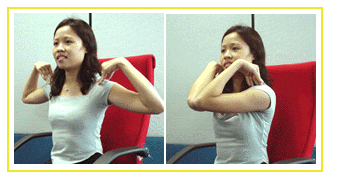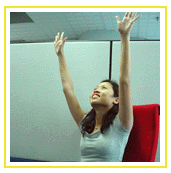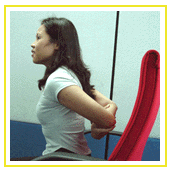| |
"It Ain't Heavy, It's My School Bag!" |
|
|
"It Ain't Heavy, It's My School Bag!" A heavy schoolbag need not bog you down, if you carry all your notes in a Palm Pilot! But before that time arrives, HealthAnswers has some great ideas on how to deal with it. Dr Michael Chia The demands of school can literally be too heavy and can be a burden to one's good health. For most of us, the burden of a heavy school bag may be likened to a "daily cross" that we carry without too much thought. The short-term results of carrying a heavy school bag are neck strain, back pains and aching shoulders. In the longer term, the child or teenager may have poor posture. Research tells us that healthy young people should not carry more than a third of their body weight's equivalent for any period of time as that would place undue strain on their immature skeletal frame. This can lead to the adoption of poor posture habits such as slouching and other compensatory postures like "rounded shoulders". Carrying heavy school bags on one side of the shoulders instead of distributing the weight equally on both shoulders may also lead to "lop-sided" shoulders. These compensatory postures will go contrary to the posture of confidence and self-assuredness. Moreover, the constant pounding of a heavy school bag on one's back is also uncomfortable. Fortunately, some of the more innovative features of camping haversacks such as padded shoulder straps and waist straps, features that help reduce the stress and strain on the posture can also be found in the better designed school bags. Other innovations in school bag design such as trolley-bags with adjustable "trolley arms" can also help. Here are some exercises you can teach your child or your student to help them relieve those tense muscles of the neck, shoulders and back.
References:
Date reviewed: 10 May 2000 |
|
 Open up your shoulders:
Open up your shoulders: Soothe your neck:
Soothe your neck: Reach for the stars:
Reach for the stars:  Push it all back:
Push it all back: